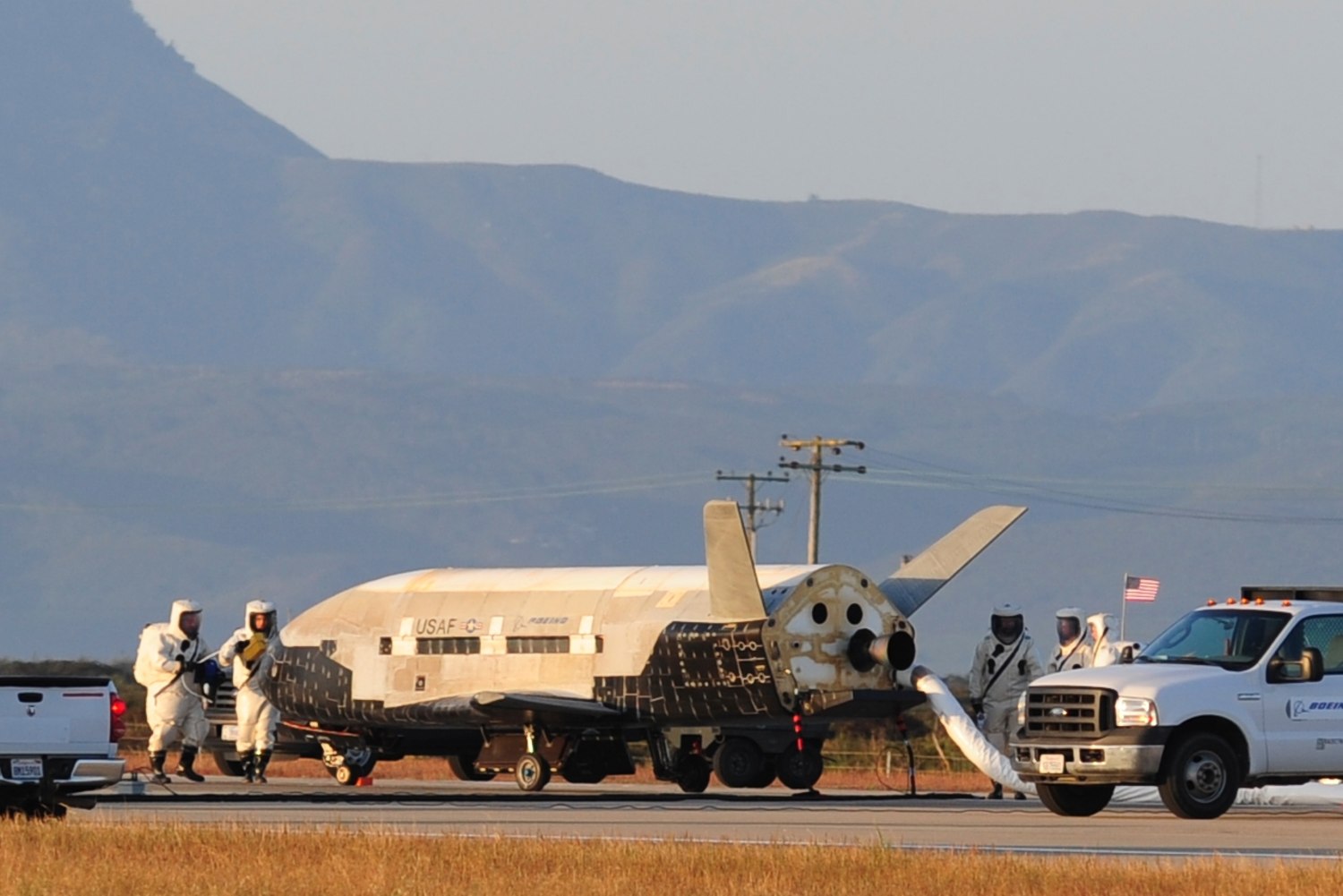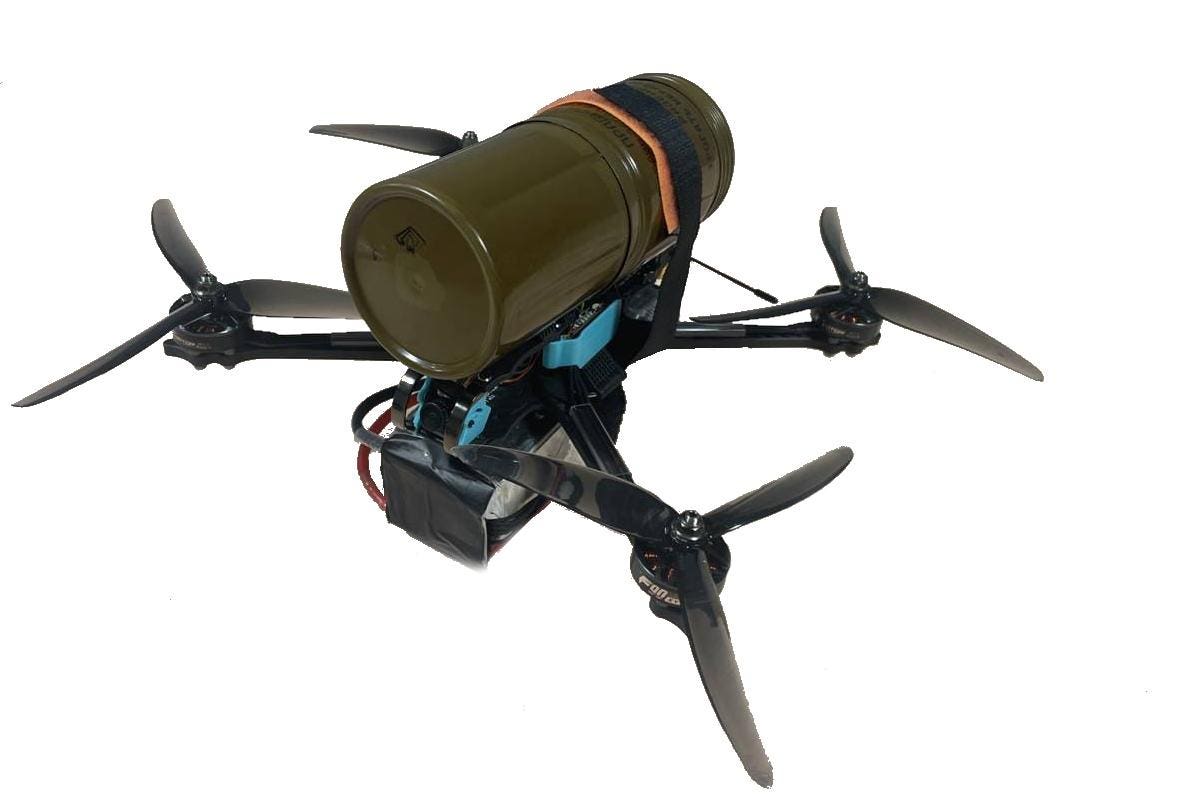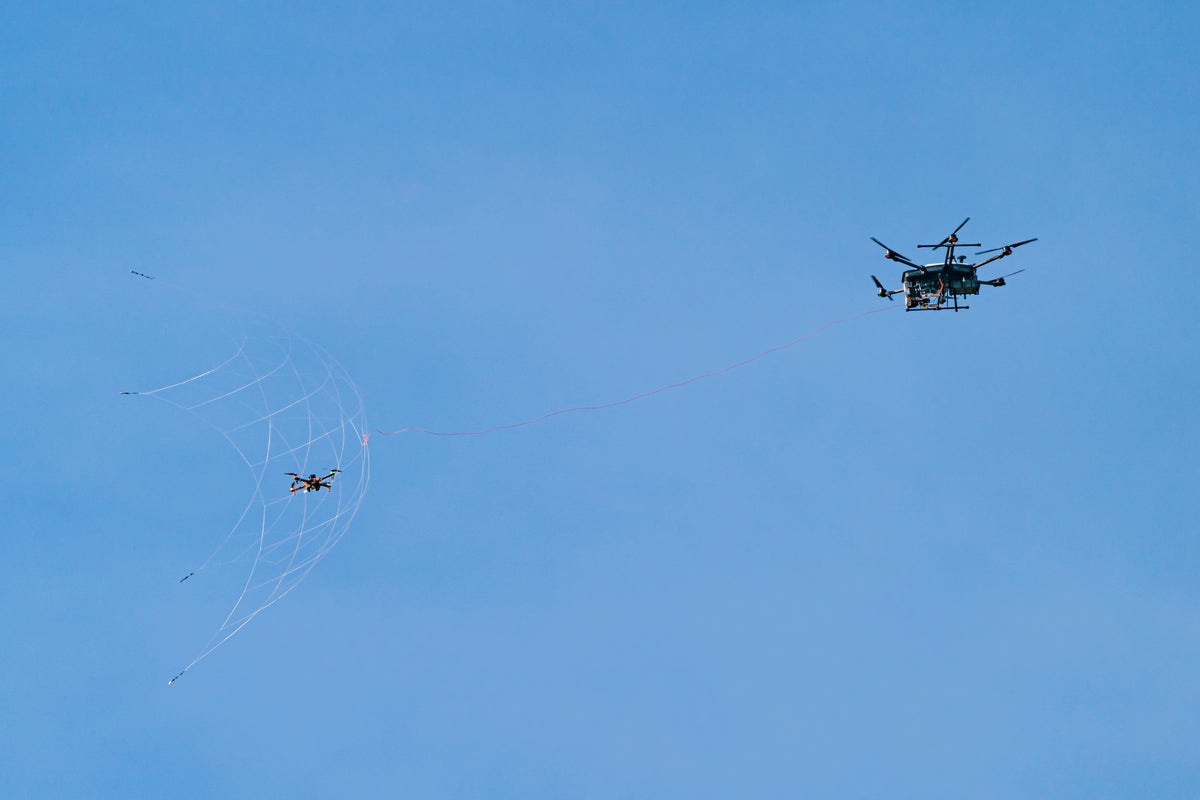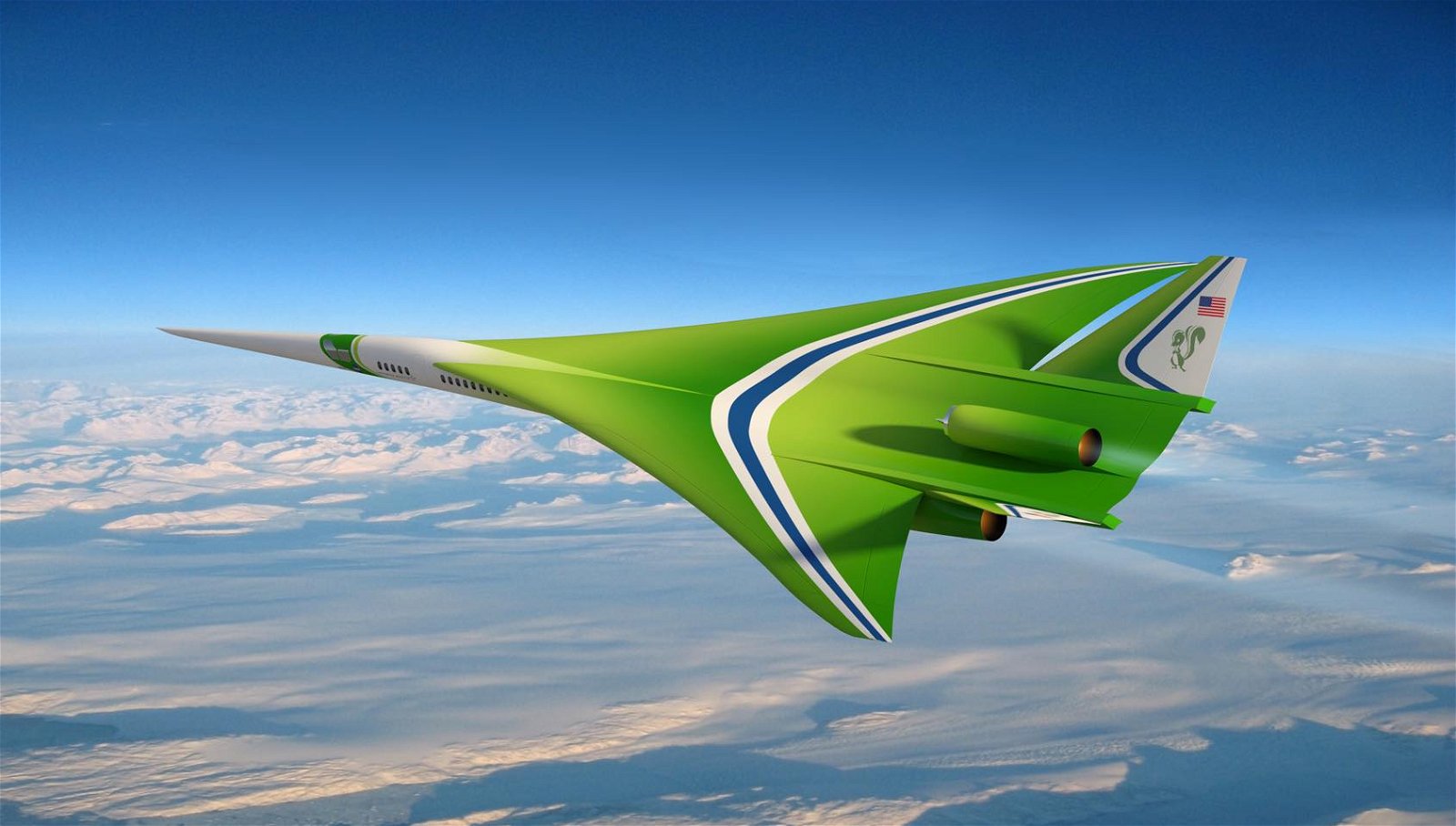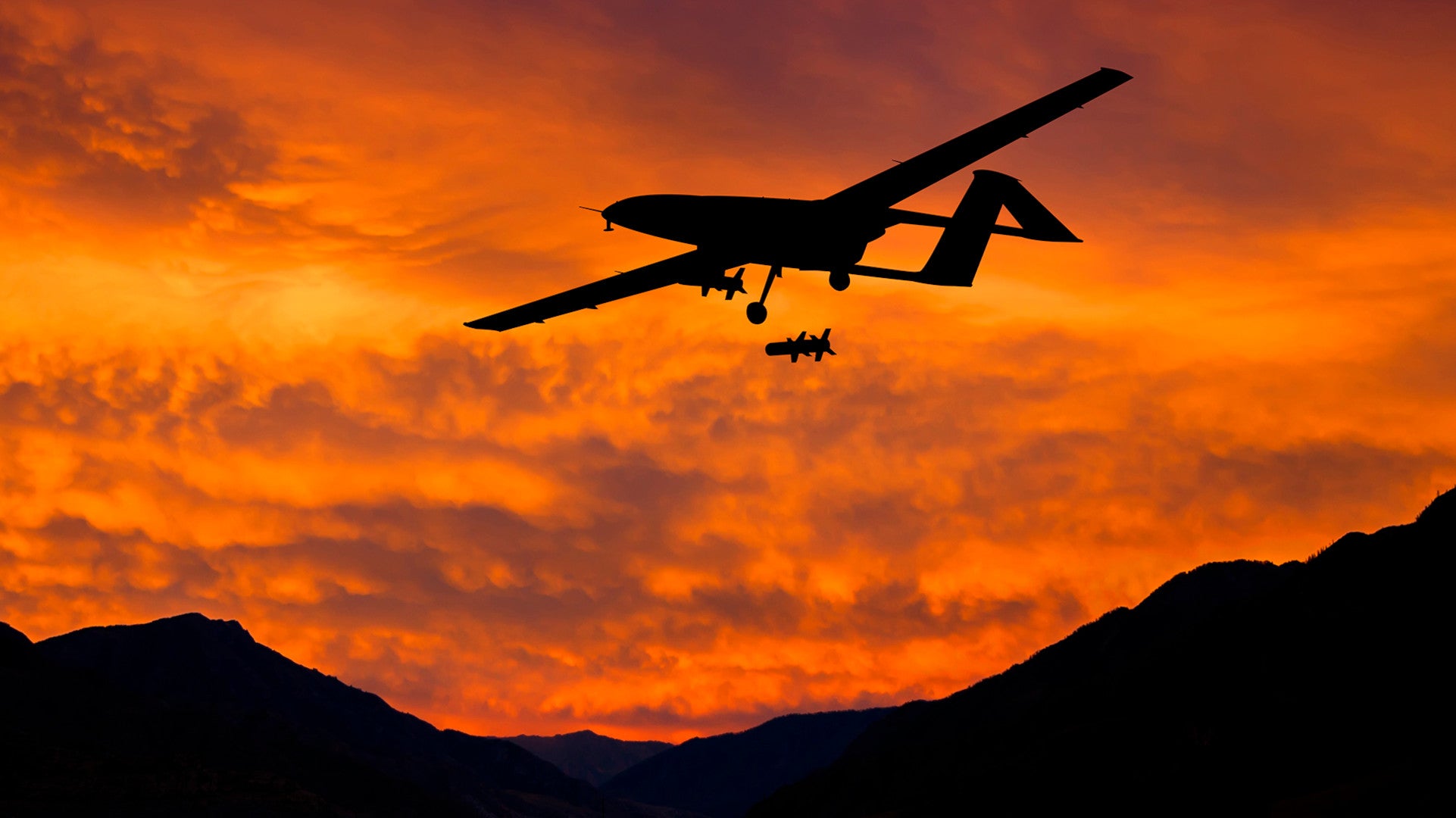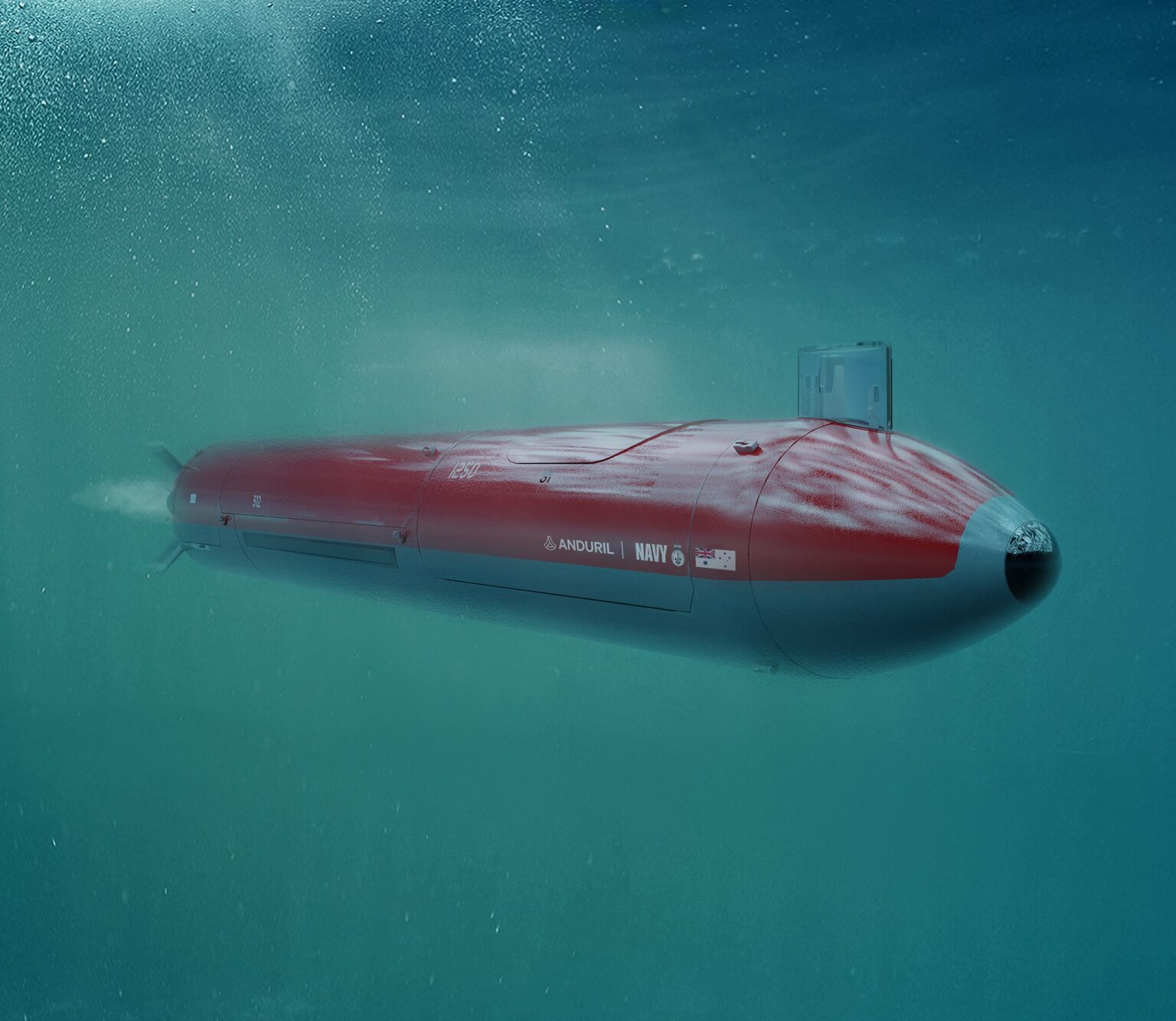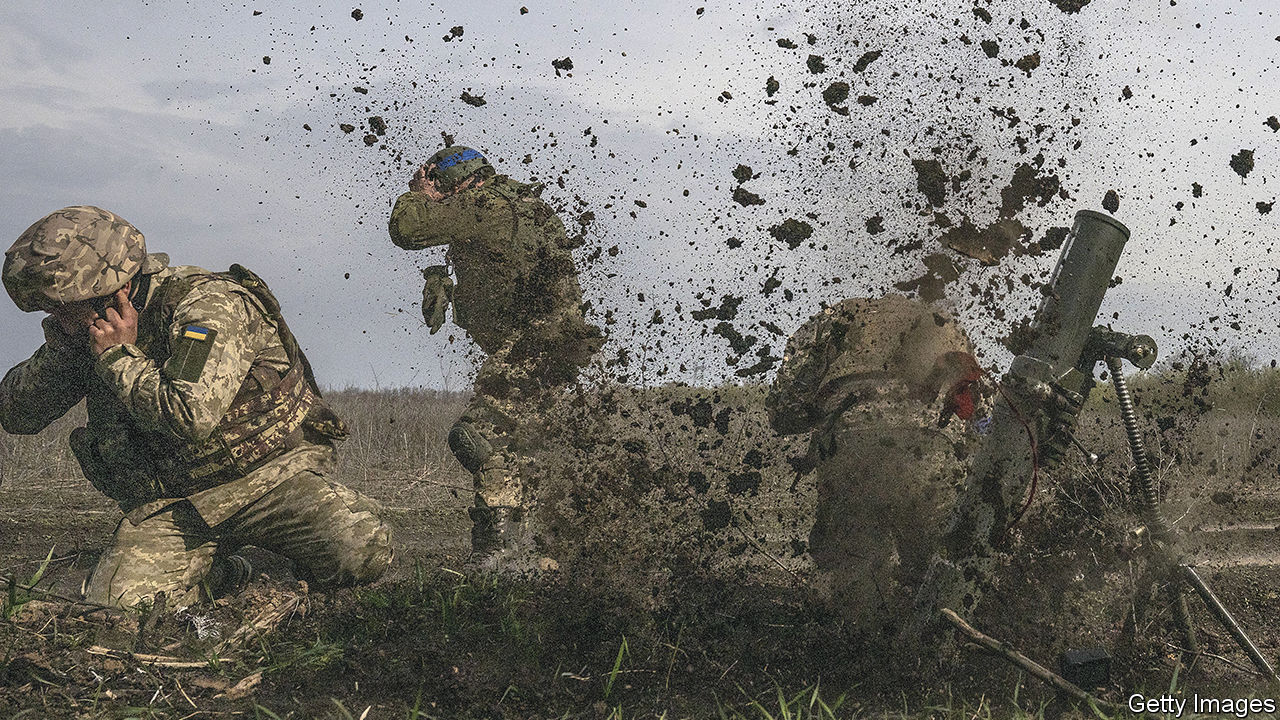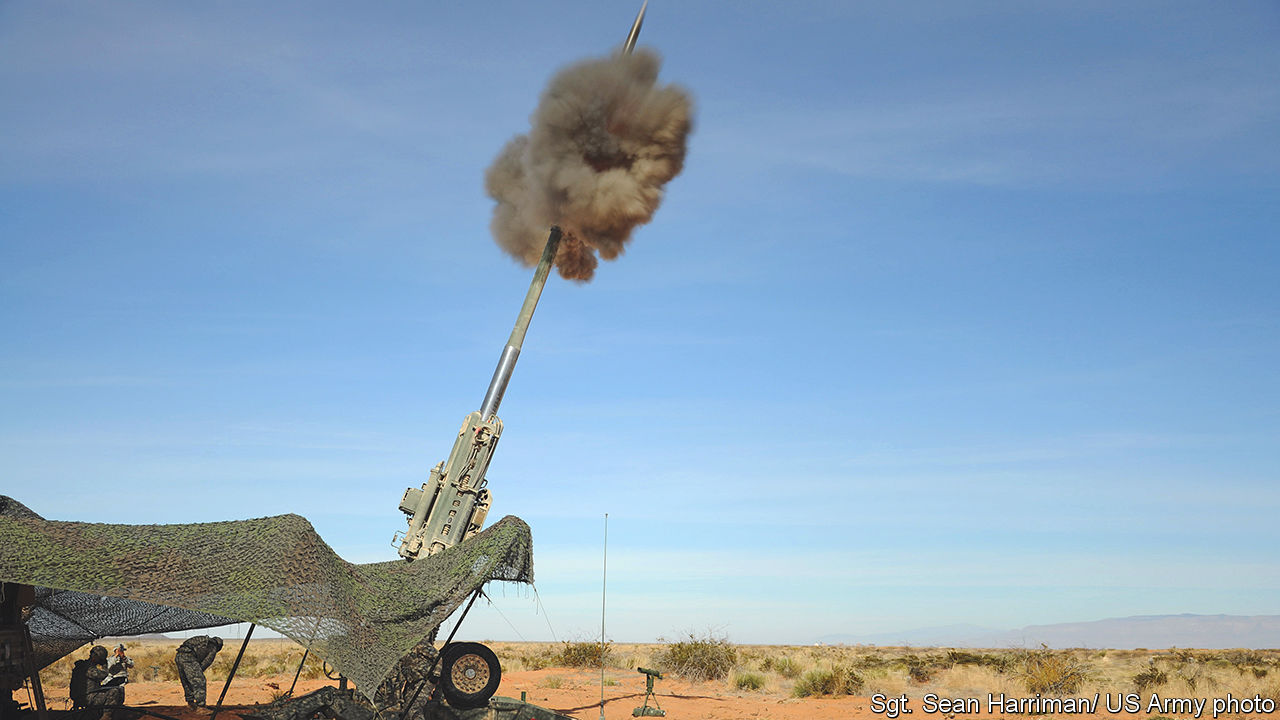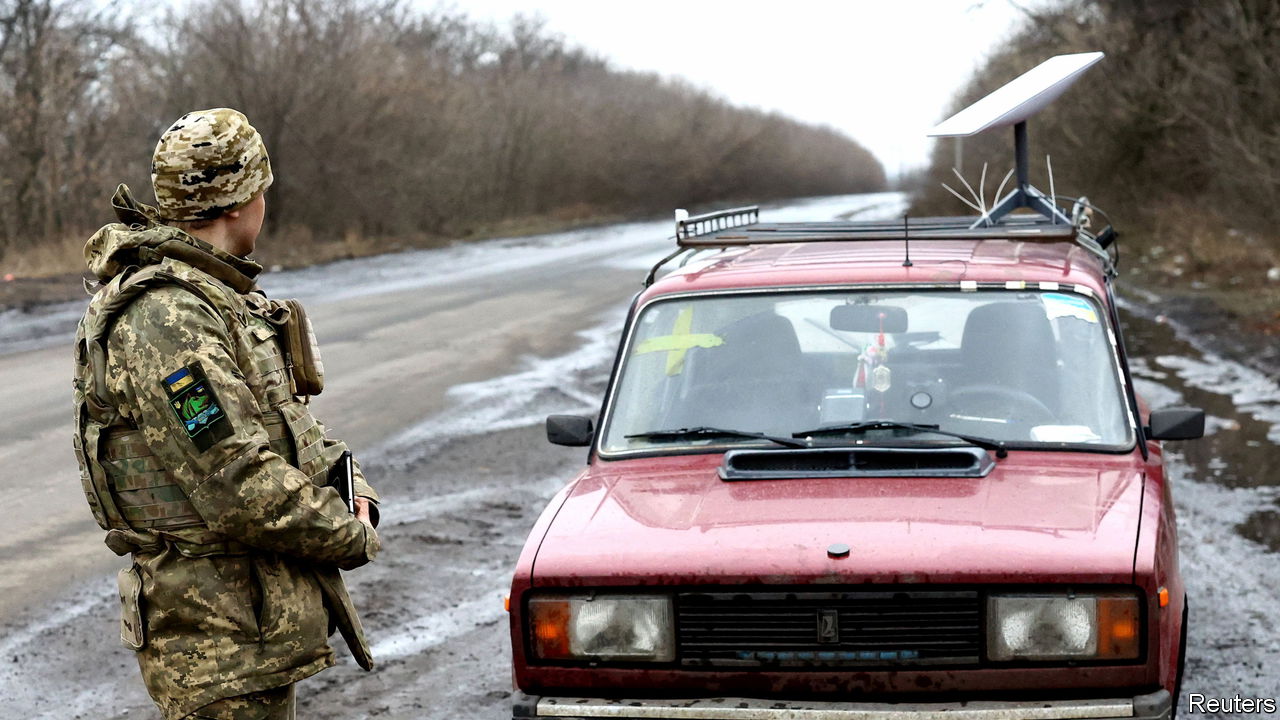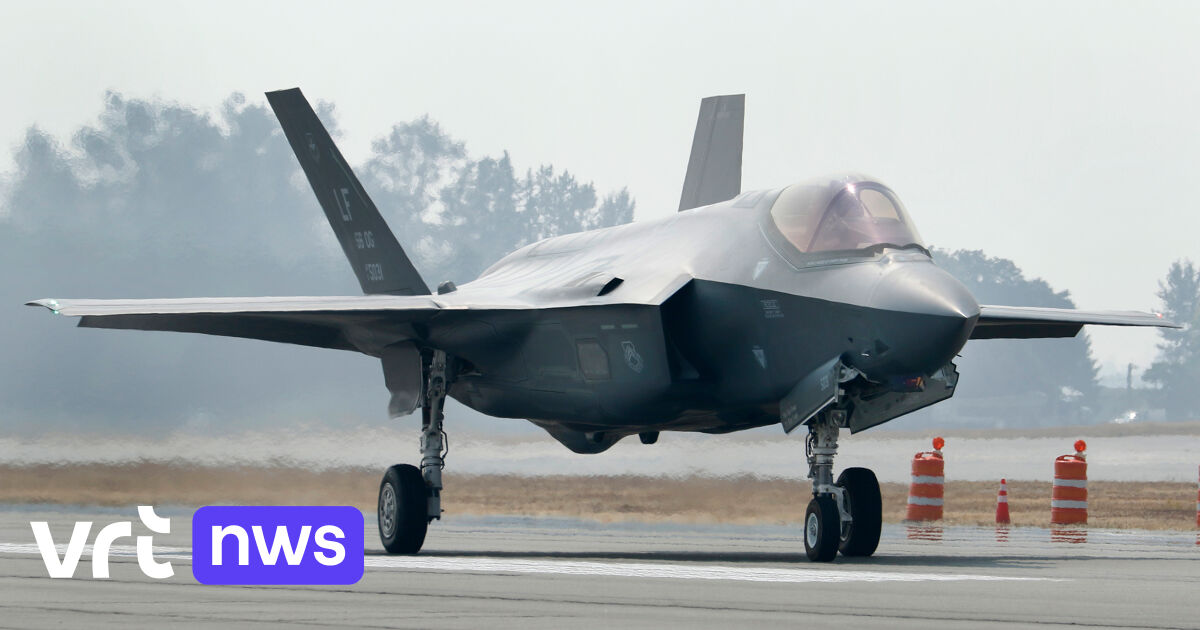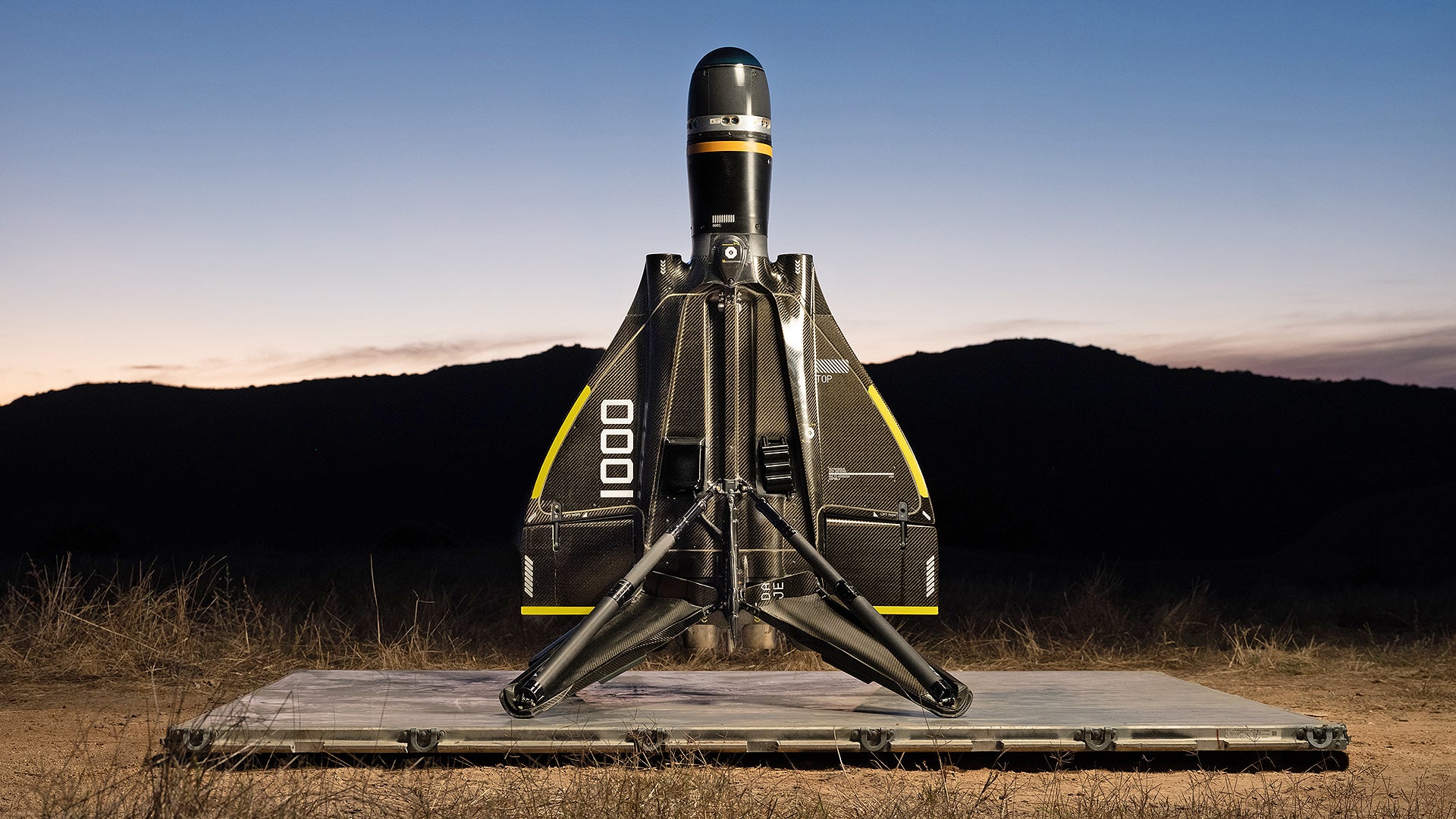Vandaag wat aan het bijlezen geweest over NGAD (Next Generation Air Domincance) en 6th generation fighters en leek me interessant om onder die invalshoek een thread te lanceren over de toekomst van oorlogvoering.
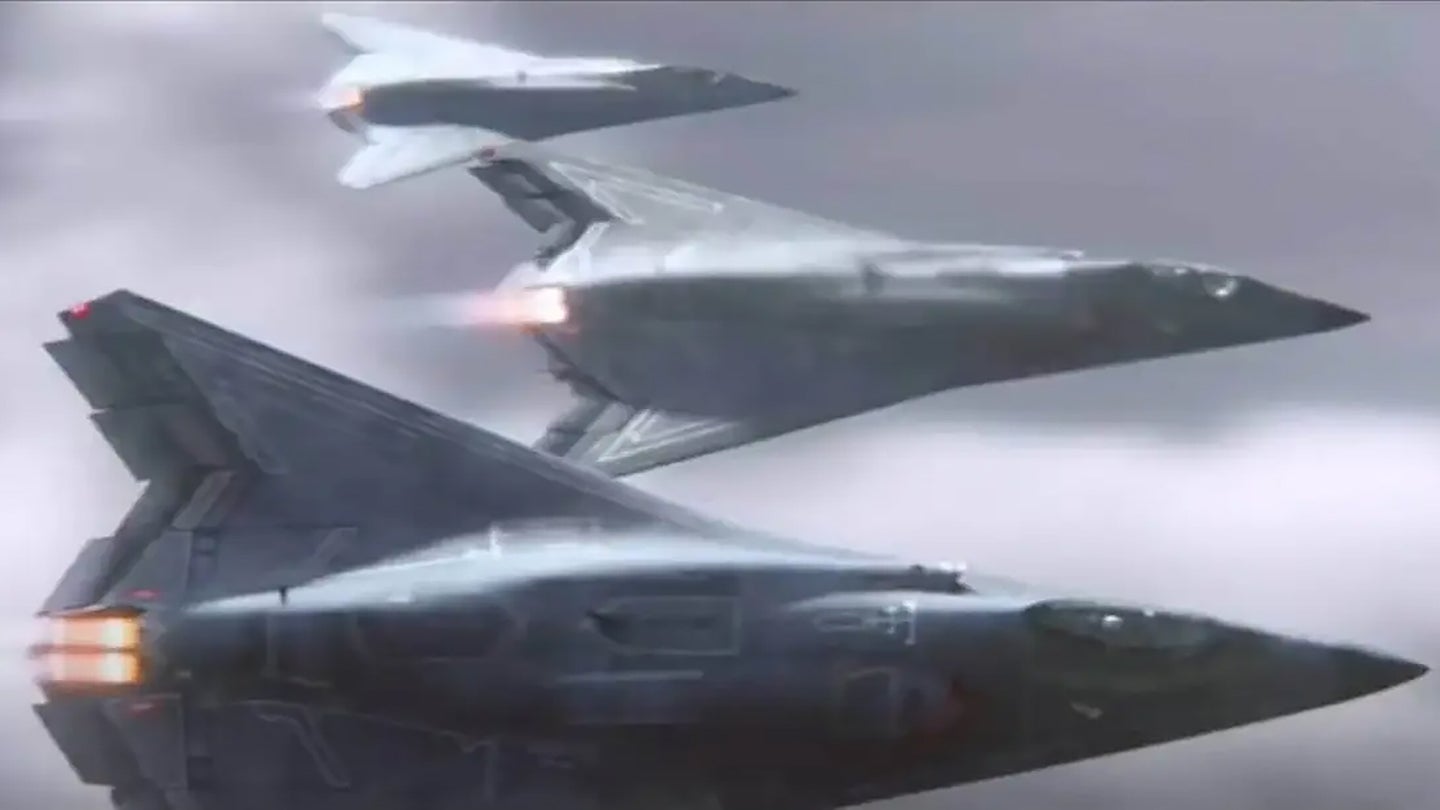
 www.thedrive.com
www.thedrive.com
 en.wikipedia.org
An initial focus on air superiority roles has moved away from close-in dogfighting, which is becoming less common, and instead broadened to embrace ground support, cyber warfare and even space warfare capabilities, with beyond-visual-range (BVR) air-to-air missile capability remaining important.
en.wikipedia.org
An initial focus on air superiority roles has moved away from close-in dogfighting, which is becoming less common, and instead broadened to embrace ground support, cyber warfare and even space warfare capabilities, with beyond-visual-range (BVR) air-to-air missile capability remaining important.
Characteristics
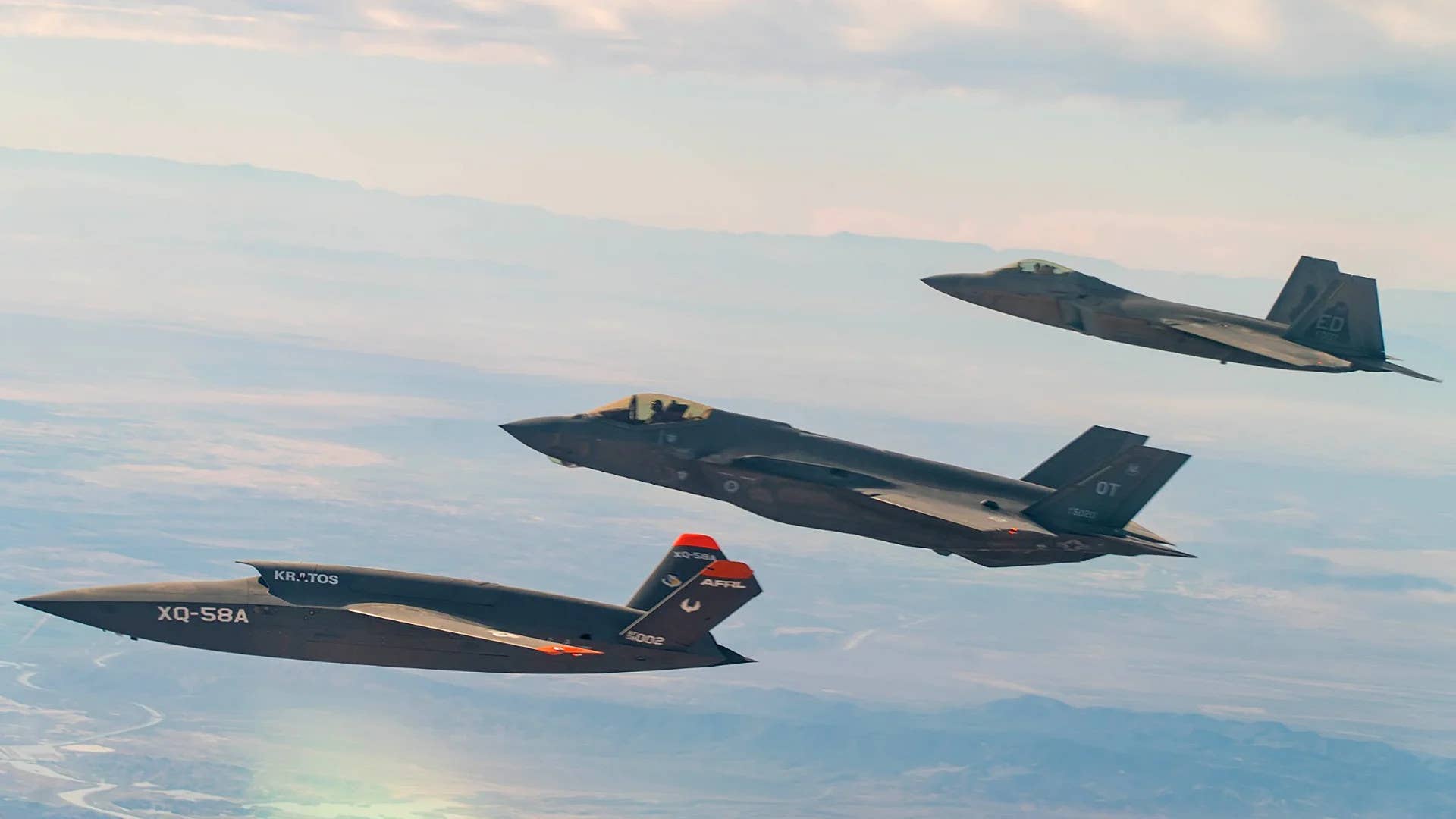
De US heeft een immens aantal drones, de ene nog geheimzinniger dan de ander. Van 747 formaat tot hand gelanceerde dragonflies en alles ertussenin. De echte kracht van NGAD gaat hem zitten in het efficient samenwerken van systems of systems. Elke manned fighter zou ondersteund worden door een leger aan uitermate gespecialiseerde drones. Ver voorop vliegen autonome jammers, decoys die andere type vliegtuigen simuleren, Intel en surveillance systems, cyber warfare en targeting specialists,... die alles kunnen doorspelen naar bemande en onbemande wapen platformen die door het toeleveren van targetting data van de advance guard raketten en bommen van enorm ver over de horizon gaan kunnen lanceren. Allen gelinkt met elkaar, met satellieten, ground stations, global hawks, ... een gigantisch peer to peer netwerk waarin elke schakel met al de rest linkt zodat het netwerk bewaard blijft als er één sneuvelt. Bovendien zal er zodanig zware intelligentie ingebouwd worden dat ze zelfs in geval van verlies van contact hun missies gaan kunnen voltooien zonder menselijke tussenkomst en zelfs onder elkaar afspreken om bijvoorbeeld op vooraf ongekende gevaren te reageren. Zo zou een swarm als die contact verliest, maar onderweg richting objective door radar belicht zou worden, zich splitsen zodat ze zowel die threat kunnen neutraliseren als de oorspronkelijke missie alsnog uitvoeren.

Een (zwaar) gesimplificeerd overzicht van hoe zo'n netwerk er vandaag al uitziet. In de toekomst gaat het een gigantisch kluwen worden dat menselijk inzicht en reactie vermogen ver achter zich laat.
Onlangs heeft de US de B-21 Raider voorgesteld.
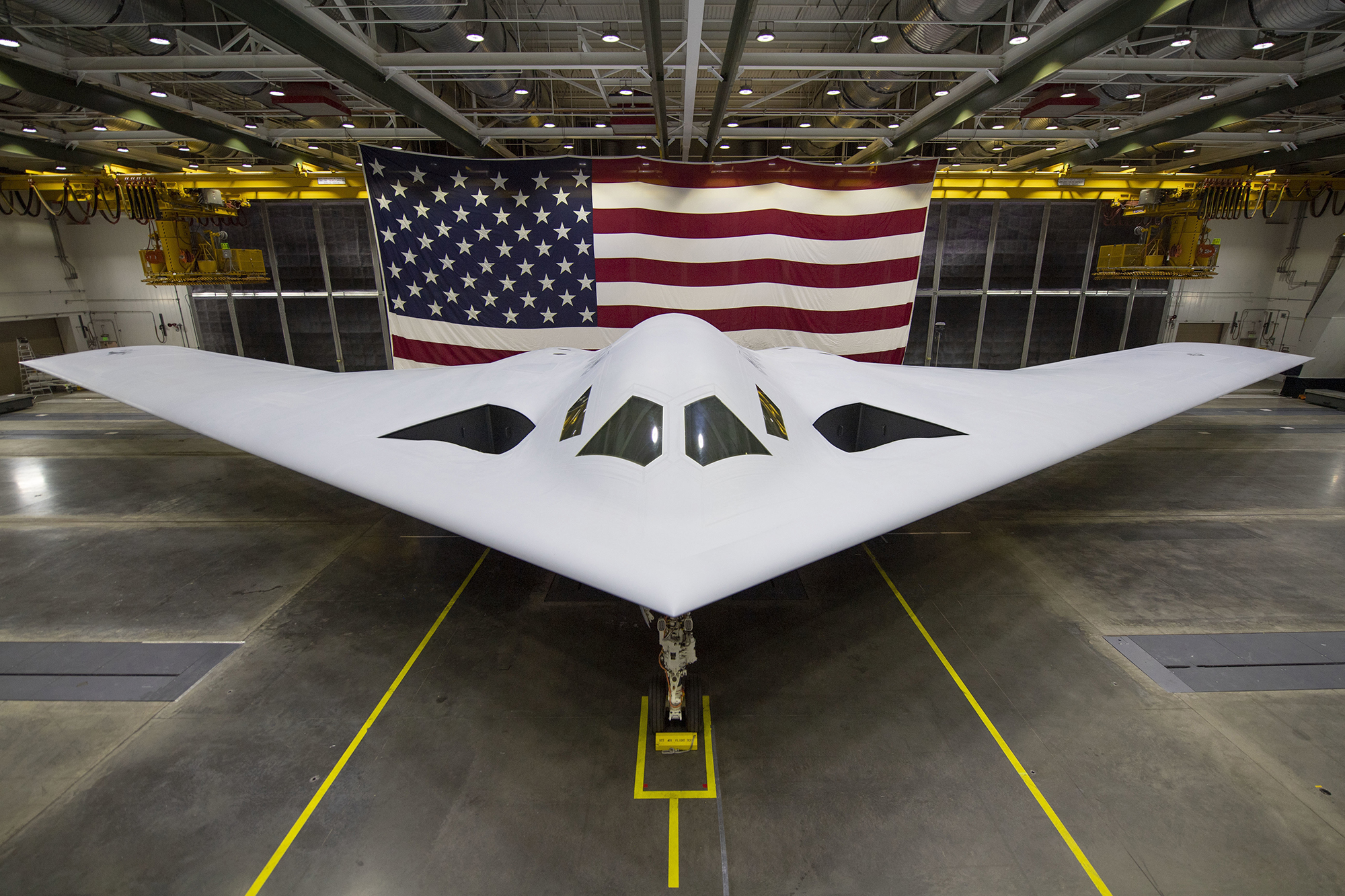
 www.airandspaceforces.com
Een Bomber maar deze vervult reeds veel karakteristieken van het 6th gen concept. Zo zal deze autonoom kunnen opereren over waanzinnige afstanden en zou zijn radar afdruk zo groot zijn als die van een golfbal. Echter zouden ze al sinds 2020 reeds aan het spelen zijn met een prototype 6th gen attack fighter.
www.airandspaceforces.com
Een Bomber maar deze vervult reeds veel karakteristieken van het 6th gen concept. Zo zal deze autonoom kunnen opereren over waanzinnige afstanden en zou zijn radar afdruk zo groot zijn als die van een golfbal. Echter zouden ze al sinds 2020 reeds aan het spelen zijn met een prototype 6th gen attack fighter.
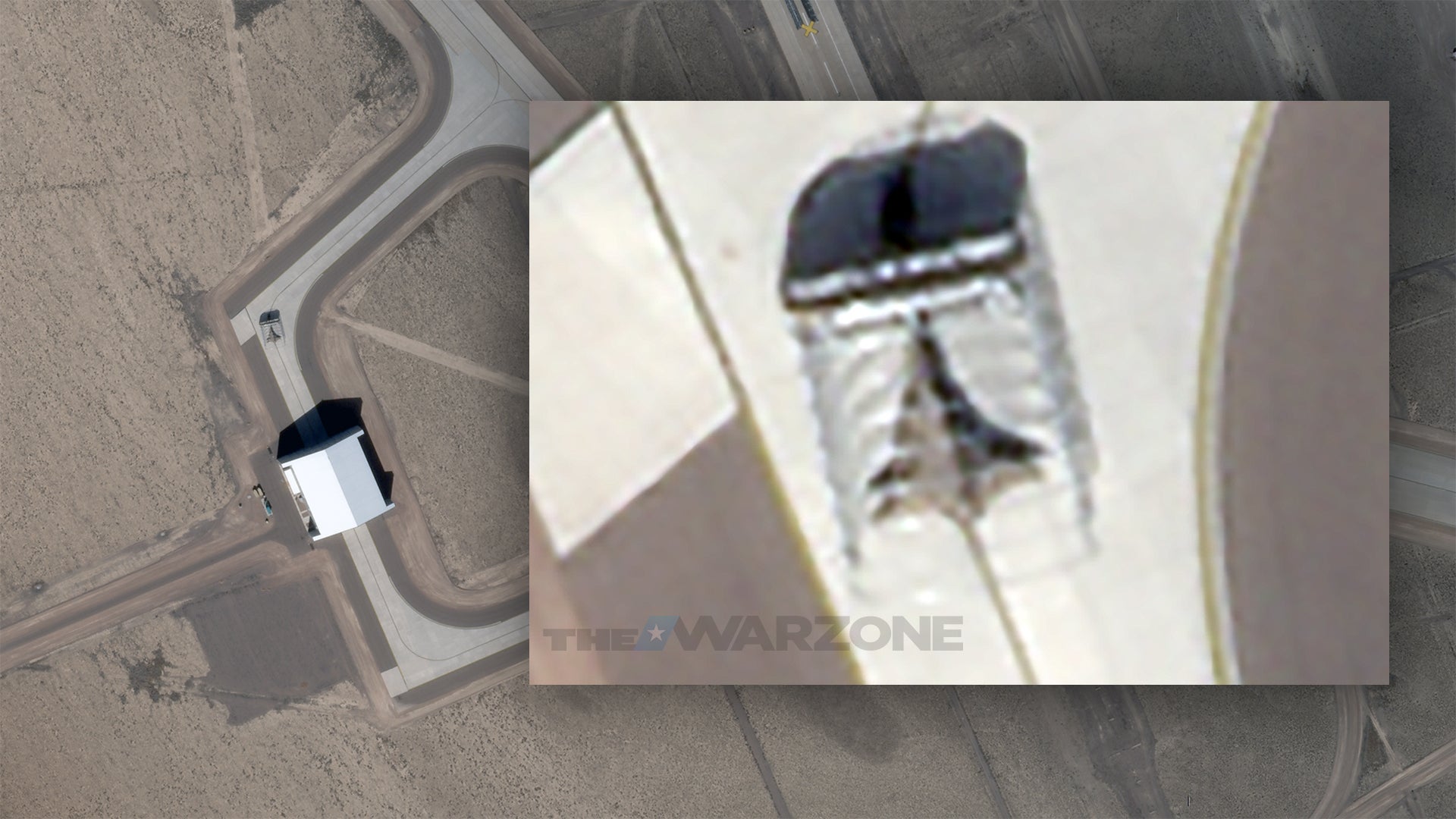
Area 51 still has the best toys.
Enkele jaren terug dacht men nog voor altijd een mens in de loop te houden uit veiligheidsoverweging maar sinds de snelle ontwikkeling van AI en het ontdekken van chinese wapen systemen die satelliet en gps links kunnen overnemen is dat volledig aan de kant gezet. In het geval van contact verlies zullen drones dus volledig autonoom hun missies vervullen en ja vijandige doelwitten bestoken zonder dat een mens op de knop drukt. Daarnaast beseft men ook gewoon dat mensen niet veel gaan kunnen uithalen in een gevecht tussen de militaire AIs van grootmachten. Zo is de US reeds aan het testen geweest met echte swarms waarin forward operating bases en masse aan de lopende band cheap drones printen om de vijand volledig te overweldigen. Je gaat sowieso AI drone controllers nodig hebben om zulke massas efficiënt te besturen.
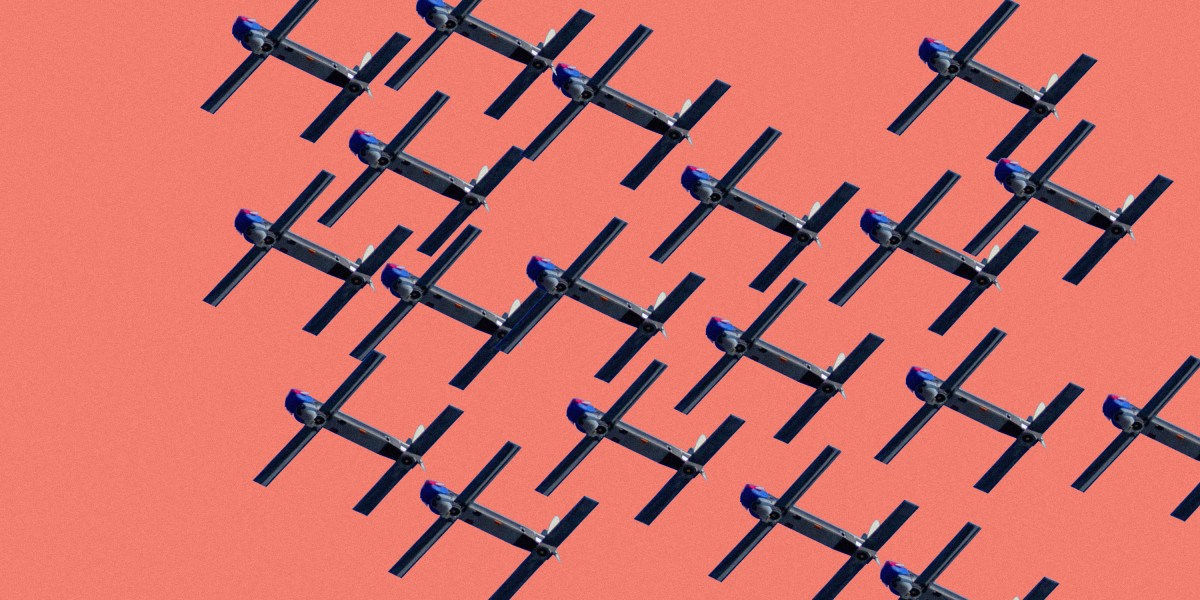
 www.technologyreview.com
www.technologyreview.com
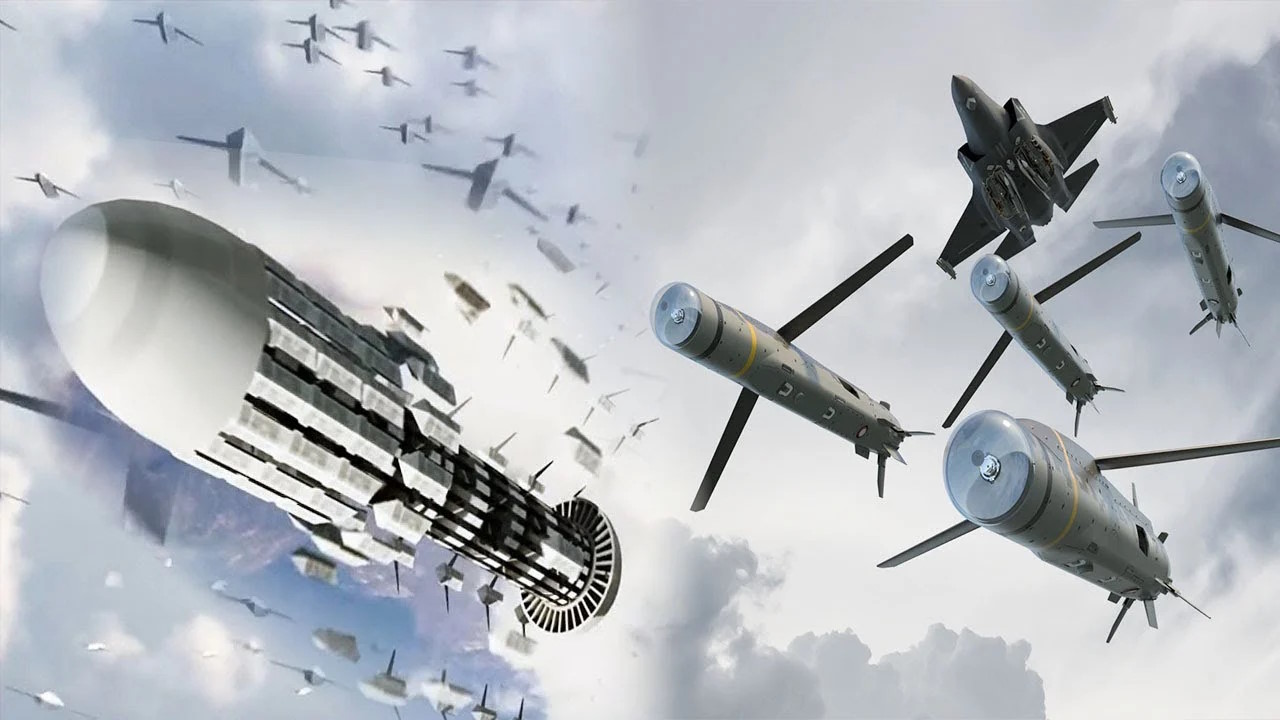
China is militair aan een enorme inhaalbeweging bezig en volgt een bijna identieke lijn. Ook zij zijn volop bezig aan 6th gen fighters en het linken van systems of systems. Ze zeggen wel dat oorlog nooit verandert maar eens AI er klaar mee is gaat het er toch vrij onherkenbaar en science fiction achtig uitzien. Exciting times maar ook scary times.
Gooi er dan nog eens alsmaar krachtiger wordende laserwapens, railcannons en ongezien krachtige AI gestuurde cyberwapens en god weet wat nog allemaal tegenaan en we kunnen maar beter hopen dat die 3e wereldoorlog er niet van komt want menselijker zal die er al zeker niet op worden.

200 NGAD Fighters, 1,000 Advanced Drones In USAF's Future Plans
200 next-gen 'fighters' paired with 300 F-35s and 1,000 advanced drones will underpin the USAF's future tactical air combat strategy.
Sixth-generation fighter - Wikipedia
Characteristics
- Advanced digital capabilities including high-capacity networking, AI, data fusion, cyber warfare, D2D and battlefield command, control and communications (C3) capabilities.
- Optionally manned, with the same airframe capable of conducting piloted, remote controlled or onboard-AI controlled missions.
- Enhanced human-systems integration, with virtual cockpits presented via helmet-mounted displays which allow the pilot 360-degree vision with AI-enhanced battlefield awareness, and replacing conventional instrument panels.
- Advanced stealth airframes and avionics.
- Advanced variable-cycle engines able to cruise economically but still deliver high thrust when required.
- Increased-range stand-off and BVR weapons.
- Potential use of directed-energy weapons such as a laser CIWS.

De US heeft een immens aantal drones, de ene nog geheimzinniger dan de ander. Van 747 formaat tot hand gelanceerde dragonflies en alles ertussenin. De echte kracht van NGAD gaat hem zitten in het efficient samenwerken van systems of systems. Elke manned fighter zou ondersteund worden door een leger aan uitermate gespecialiseerde drones. Ver voorop vliegen autonome jammers, decoys die andere type vliegtuigen simuleren, Intel en surveillance systems, cyber warfare en targeting specialists,... die alles kunnen doorspelen naar bemande en onbemande wapen platformen die door het toeleveren van targetting data van de advance guard raketten en bommen van enorm ver over de horizon gaan kunnen lanceren. Allen gelinkt met elkaar, met satellieten, ground stations, global hawks, ... een gigantisch peer to peer netwerk waarin elke schakel met al de rest linkt zodat het netwerk bewaard blijft als er één sneuvelt. Bovendien zal er zodanig zware intelligentie ingebouwd worden dat ze zelfs in geval van verlies van contact hun missies gaan kunnen voltooien zonder menselijke tussenkomst en zelfs onder elkaar afspreken om bijvoorbeeld op vooraf ongekende gevaren te reageren. Zo zou een swarm als die contact verliest, maar onderweg richting objective door radar belicht zou worden, zich splitsen zodat ze zowel die threat kunnen neutraliseren als de oorspronkelijke missie alsnog uitvoeren.

Een (zwaar) gesimplificeerd overzicht van hoe zo'n netwerk er vandaag al uitziet. In de toekomst gaat het een gigantisch kluwen worden dat menselijk inzicht en reactie vermogen ver achter zich laat.
Onlangs heeft de US de B-21 Raider voorgesteld.

The Case for the B-21 Raider | Air & Space Forces Magazine
The Air Force’s B-21 Raider will be the world’s most advanced stealthy bomber when it is fielded later in this decade. For Air Force leaders, the challenge will be to fund the B-21 program to rapidly acquire the inventory it needs to meet operational demands.

Area 51 still has the best toys.
Enkele jaren terug dacht men nog voor altijd een mens in de loop te houden uit veiligheidsoverweging maar sinds de snelle ontwikkeling van AI en het ontdekken van chinese wapen systemen die satelliet en gps links kunnen overnemen is dat volledig aan de kant gezet. In het geval van contact verlies zullen drones dus volledig autonoom hun missies vervullen en ja vijandige doelwitten bestoken zonder dat een mens op de knop drukt. Daarnaast beseft men ook gewoon dat mensen niet veel gaan kunnen uithalen in een gevecht tussen de militaire AIs van grootmachten. Zo is de US reeds aan het testen geweest met echte swarms waarin forward operating bases en masse aan de lopende band cheap drones printen om de vijand volledig te overweldigen. Je gaat sowieso AI drone controllers nodig hebben om zulke massas efficiënt te besturen.

The US Navy wants swarms of thousands of small drones
Budget documents reveal plans for the Super Swarm project, a way to overwhelm defenses with vast numbers of drones attacking simultaneously.

China is militair aan een enorme inhaalbeweging bezig en volgt een bijna identieke lijn. Ook zij zijn volop bezig aan 6th gen fighters en het linken van systems of systems. Ze zeggen wel dat oorlog nooit verandert maar eens AI er klaar mee is gaat het er toch vrij onherkenbaar en science fiction achtig uitzien. Exciting times maar ook scary times.
Gooi er dan nog eens alsmaar krachtiger wordende laserwapens, railcannons en ongezien krachtige AI gestuurde cyberwapens en god weet wat nog allemaal tegenaan en we kunnen maar beter hopen dat die 3e wereldoorlog er niet van komt want menselijker zal die er al zeker niet op worden.
Laatst bewerkt:
